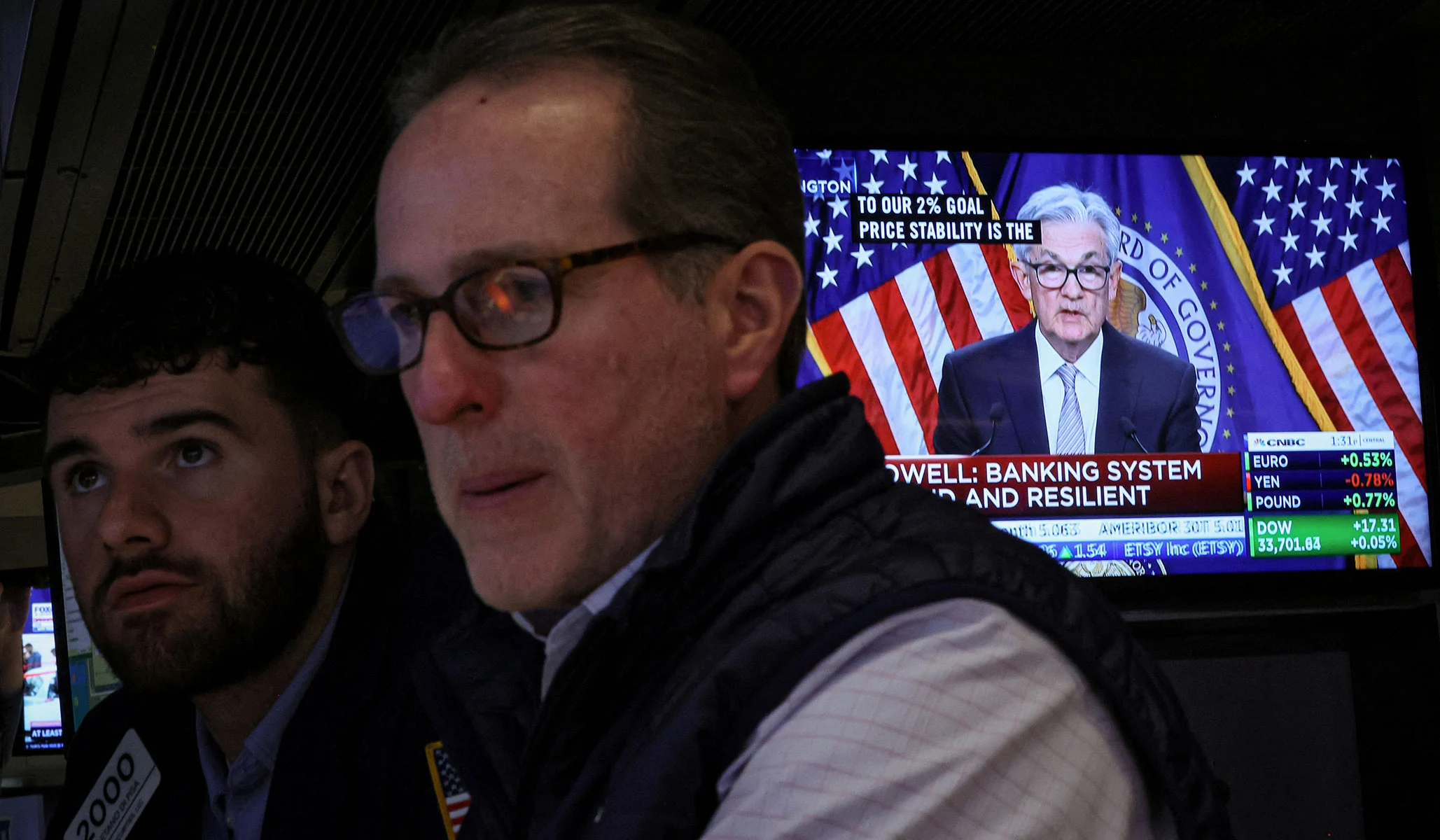The latest round of inflation is functionally solved and we are about two months away from achieving this, barring any exogenous shock to our economy. This is not a prophecy or unmitigated good news, but merely an observation about something that has already occurred and is widely misunderstood. The main reported figure, headline CPI data, is only catching up with reality, and Tuesday’s 4 percent year-over-year figure masks the true current inflation figure, which is much lower and declining.
David Bahnsen and Lacy Hunt have been warning of this for months, but the message has not yet penetrated the Fed, which could lead to policy mistakes as overly zealous inflation warriors push for rate hikes.
In the real estate sector, rents are flattening, and in some submarkets, declining across the country, even in the hottest markets during the mania of 2021-2022. However, the shelter CPI measure continues to increase, despite contrary worry from industry professionals.
The cost of shelter is a lagging indicator, and another graph, CPI Less Shelter, highlights our true current low-inflation environment, measuring price increases in everything in the CPI’s basket of goods besides housing. The rate of inflation hit a wall one year ago, in June 2022, when the CPI Less Shelter was 275.182. The most current available number is the May 2023 number, eleven months later: 277.228, or just 0.07 percent above June 2022. In July 2021, eleven months prior to June 2022, the inflation-rate, less-shelter increase was 10.1 percent. This means the most painful upward price shocks are now firmly behind us and have been for some time.
Outdated cost-of-housing data via “Owners’ Equivalent Rent” is disguising the true inflation rate, and when we have the June 2023 numbers in a couple of months, the shelter costs will begin to reflect the flattening trend already observed. This flattening will be more reflected in the headline CPI, and inflation will vanish as a political concern.
Policy-makers should begin to pivot away from monetary tightening and explicitly orient policy toward economic growth, as inflation is now yesterday’s concern. A pause in rate hikes is prudent, and the rates already in place are more than sufficient to continue reducing the money supply. We can see this effect has already taken root, as other deposits of commercial banks, the most active component of the money supply, have declined by almost $1.5 trillion since their peak in February 2022.
Looking forward, we should not be surprised as inflation comes down over the next few months as it is already down now. The time has come to worry about the next difficult chapter of this economic cycle, the pain of low or negative growth and its unhappy derivative effects. Mitigating that pain should now be priority number one.
The Fed often touts its “data-driven” approach, but if the data are obsolete, as they are in the shelter measure, the Fed will forever be reacting to last month’s economy. In this fast-moving situation, it is time for the Fed to look forward and end the rate-hiking cycle. Broadly speaking, price stability has been achieved, and that job, at least, is done.

